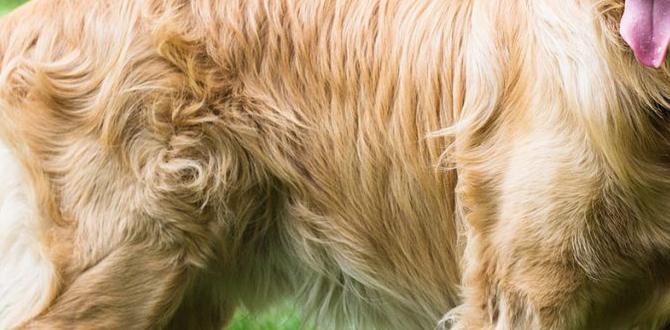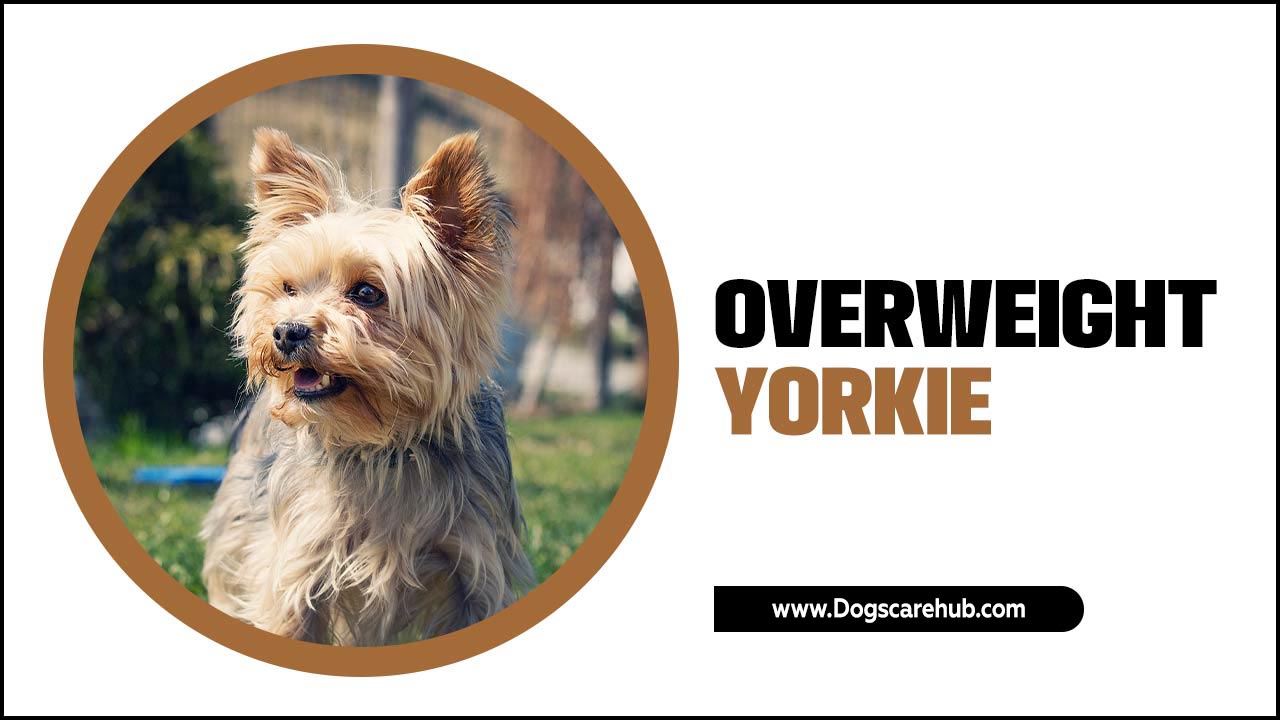Dog Digging Problems Training: Understanding and Redirecting Natural Instincts
Dog digging problems training is a challenge many pet owners face, leading to ruined gardens, torn-up furniture, and frustrated humans. While it can seem like an inexplicable destructive behavior, digging is a deeply ingrained instinct for many dog breeds. Understanding why your dog digs is the first and most crucial step towards effective training.
Dogs dig for a variety of reasons, all rooted in their ancestral behaviors and primal needs. Some breeds, like terriers, were specifically bred to dig into the ground to flush out prey. Others might dig out of sheer boredom or a need for mental stimulation. For some dogs, digging can be a way to cope with anxiety or stress, a self-soothing mechanism when they feel insecure or lonely. Loose soil or a particularly interesting smell might also trigger an irresistible urge to excavate. Sometimes, dogs dig to seek a cooler spot during hot weather or to create a den-like shelter. Identifying the root cause of your dog’s digging behavior is key to implementing a training strategy that addresses the underlying issue, rather than just suppressing the symptom.
Identifying the Root Cause of Your Dog’s Digging
Before you can embark on dog digging problems training, take some time to observe your furry friend. When does the digging occur? Is it when you’re home or away? Is it in a specific location, like the flowerbeds or near a fence? Does your dog seem anxious or excited before digging? Are there any recent changes in their environment or routine that might be contributing to their behavior?
For instance, if your dog digs primarily when you’re out of the house, it could be a sign of separation anxiety. If they’re digging in one specific spot relentlessly, they might be trying to get to something they smell underneath, like a rodent or an interesting root system. If the digging happens in cooler weather, they might be trying to create a comfortable resting place. Knowing the “why” will inform your training approach.
Strategies for Dog Digging Problems Training
Once you have a better understanding of why your dog is digging, you can start implementing training strategies. It’s important to remember that consistency and patience are paramount.
Providing Appropriate Outlets for Digging
One of the most effective dog digging problems training techniques is to redirect this natural behavior to an acceptable outlet. Designate a specific area in your yard where digging is allowed, such as a sandpit or a patch of loose soil. Bury toys or treats in this designated digging zone to make it more appealing. When you catch your dog digging in an inappropriate area, calmly interrupt them and immediately redirect them to their approved digging spot. Praise and reward them enthusiastically when they start digging in the right place. This teaches them that digging is not inherently wrong, but its location is important.
Increasing Physical and Mental Stimulation
Boredom is a major contributor to destructive digging. Ensure your dog is getting enough physical exercise and mental stimulation throughout the day. This might include longer walks, games of fetch, puzzle toys, obedience training sessions, or visits to a dog park. A tired dog is often a well-behaved dog. Mental enrichment is just as important as physical exercise. Puzzle feeders, scent games, and learning new tricks can help keep your dog’s mind engaged and reduce the likelihood of them seeking out destructive outlets like digging.
Addressing Anxiety-Related Digging
If your dog’s digging is a symptom of anxiety, particularly separation anxiety, you’ll need to address the underlying emotional issue. This might involve desensitization exercises, creating a safe and comfortable den-like space for them when you’re away, or consulting with a professional dog trainer or veterinary behaviorist for more specialized interventions. Sometimes, simply providing a stuffed Kong toy filled with treats when you leave can provide enough distraction and comfort. For more severe cases, professional guidance is often necessary.
Making Unwanted Digging Spots Unappealing
You can also make the areas where you don’t want your dog to dig less attractive. Burying chicken wire just below the surface in flowerbeds can deter digging, as can placing large rocks or garden ornaments in problematic spots. Some owners also find success with deterrent sprays, though these should be used cautiously and tested in an inconspicuous area first to ensure they don’t harm plants. The goal is to make these areas uncomfortable or unpleasant to dig in, without causing your dog any harm or distress.
The Importance of Consistency and Positive Reinforcement
Effective dog digging problems training relies heavily on consistency and positive reinforcement. Every time you observe your dog digging appropriately, offer praise and a reward. When you interrupt them digging inappropriately, do so calmly and without punishment. Harsh corrections can lead to fear and anxiety, which can exacerbate digging problems. Instead, focus on guiding your dog towards the desired behavior. This might mean repeatedly redirecting them, patiently reinforcing the correct actions, and celebrating their successes.
Remember that changing ingrained behaviors takes time. There will be setbacks along the way. Celebrate small victories, stay consistent with your training, and maintain a positive attitude. By understanding your dog’s instincts and implementing a well-rounded training approach, you can transform those problematic digging behaviors into a source of fun and enrichment for your beloved canine companion.
Meet Elyse Colburn, the devoted canine companion and storyteller behind the enchanting world of “Tales, Tails, and Adventures Unleashed.” A passionate dog enthusiast with a heart full of paw prints, Elyse Colburn shares heartwarming tales and insightful adventures, celebrating the joy, loyalty, and endless antics that make every dog a true hero. Join Elyse Colburn on this tail-wagging journey, where every post is a love letter to our four-legged friends.




